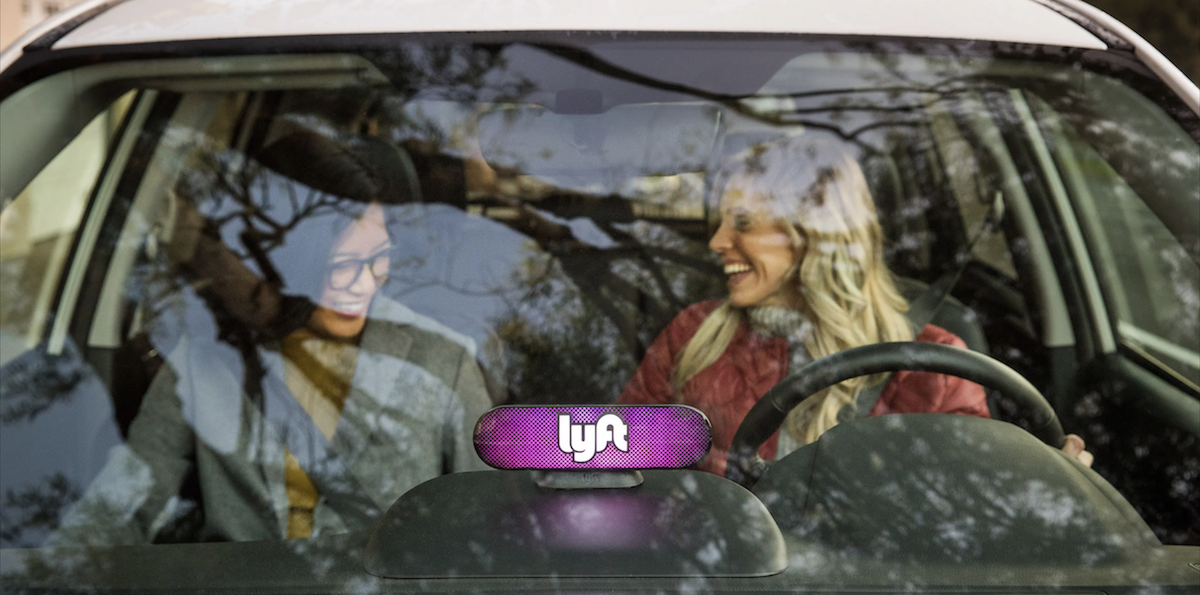This move is a direct response to growing concerns that while autonomous vehicles promise greater efficiency and lower operational costs, they also pose a significant threat to the livelihoods of countless drivers who rely on platforms like Uber and Lyft. According to several analysts and policy experts, a rapid and unregulated rollout of robotaxis could lead to large-scale displacement of the workforce, potentially triggering broader socio-economic consequences.

Through the newly formed forum, Lyft hopes to convene experienced drivers at key milestones in its robotaxi rollout, listening to their insights on future policy-making, service planning, and new employment opportunities. These new roles might include positions such as remote vehicle monitoring, autonomous fleet management, or technical maintenance. By actively involving drivers in these discussions, Lyft aims to alleviate anxieties surrounding technological redundancy and create a more resilient path for its transition to autonomous operations.

The first session of the forum is scheduled to take place this summer in Atlanta, with six to eight veteran local drivers invited to participate. The timing of the event will align with the upcoming launch of Lyft’s autonomous ride service in collaboration with AV startup May Mobility. More than just a strategic internal dialogue, this session may become a landmark moment in the integration of autonomous technology into the ride-hailing industry in the U.S.

Beyond Lyft, several major players are also aggressively advancing their robotaxi programs. Alphabet’s Waymo has already expanded fully autonomous ride services in Phoenix and San Francisco, while Uber has teamed up with multiple self-driving tech firms to deploy driverless ride-hailing services in several markets. Meanwhile, Tesla recently began limited deployment of its fully autonomous Model Y fleet in Austin, Texas, offering paid rides in select areas of the city.

Lyft stated that it envisions its future fleet evolving into a hybrid model, where human drivers and autonomous vehicles coexist. The exact balance will be adjusted according to technological maturity and consumer acceptance. Jeremy Bird, Lyft’s Executive Vice President of Driver Experience, emphasized, “We don’t claim to have all the answers, but we’re committed to finding them together with our drivers.”

As the pace of technological advancement and industry transformation accelerates, Lyft’s forum not only represents a meaningful step in corporate-labor communication, but also serves as a crucial case study for how platform-based economies can coexist with the rise of autonomous mobility.
